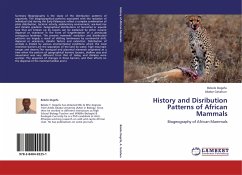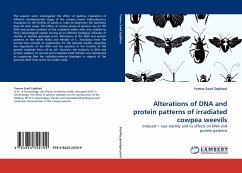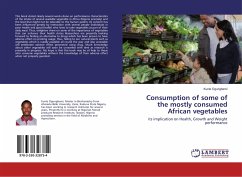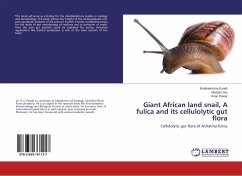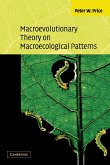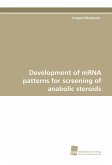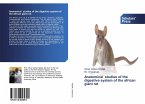Summary Biogeography is the study of the distribution patterns of organisms. The biogeographical patterns associated with the radiation of individual clad during the Early Palaeozoic reflect a complex combination of plate distribution, tectonic activity, sedimentary environment, sea-level rise and climatic gradient. Geographical distributions of terrestrial or aquatic taxa that are broken up by oceans can be explained by either oceanic dispersal or vicariance in the form of fragmentation of a previously contiguous landmass. The present mammals evolution and distribution patterns are largely a result of shifting landmasses by continental drift, dispersal or vicariance, climatic factors and extinction. Distribution of animals is limited by various environmental conditions which the most restrictive barriers are the separation of the land by water, high mountain ranges and deserts.The marsupial and placental mammals originated at a time when the pattern of geographical barriers (oceans, shallow seas and mountains) was very different from that of today, and climates were warmer. The sequence of changes in these barriers, and their effects on the dispersal of the mammal families and o
Bitte wählen Sie Ihr Anliegen aus.
Rechnungen
Retourenschein anfordern
Bestellstatus
Storno

